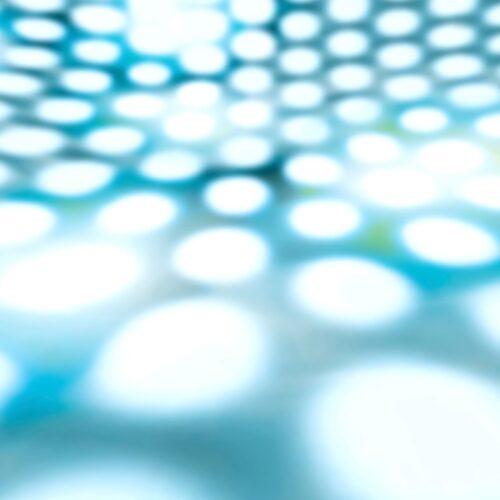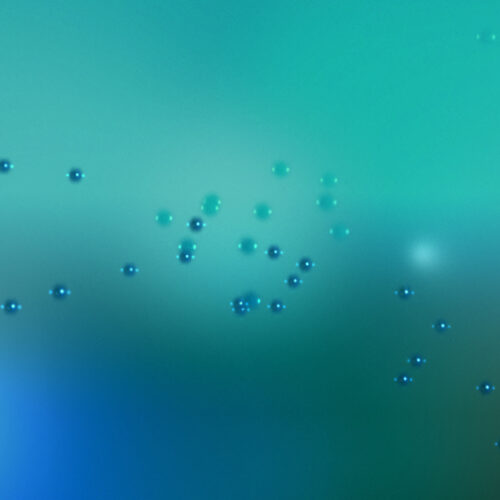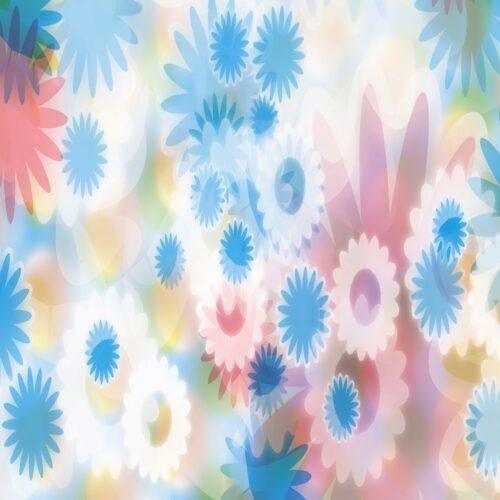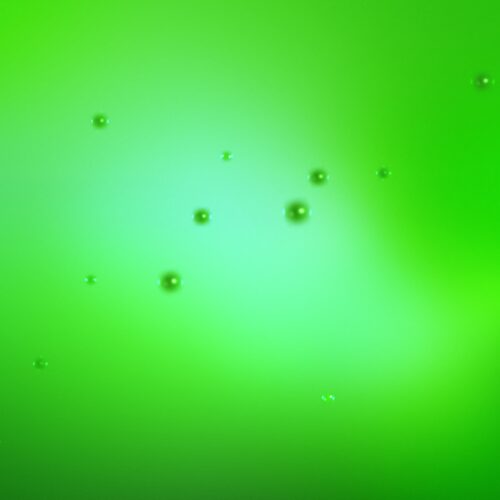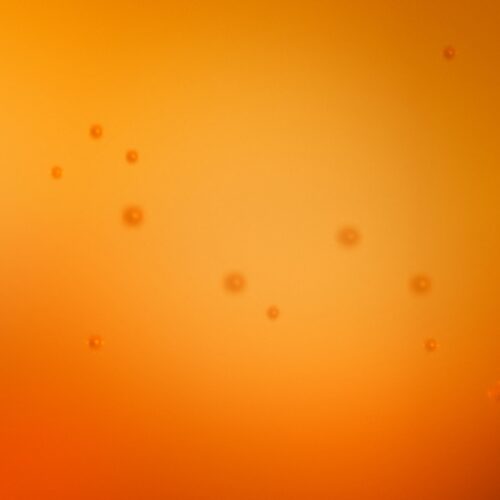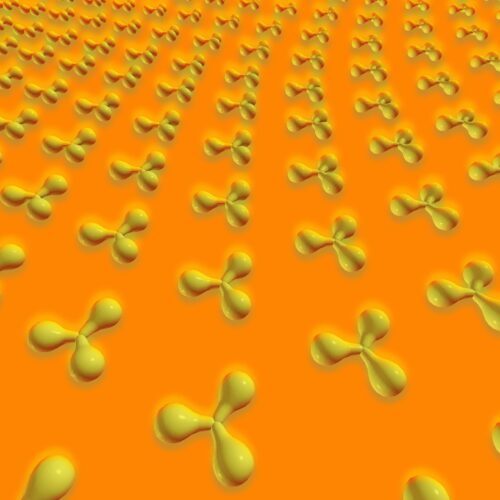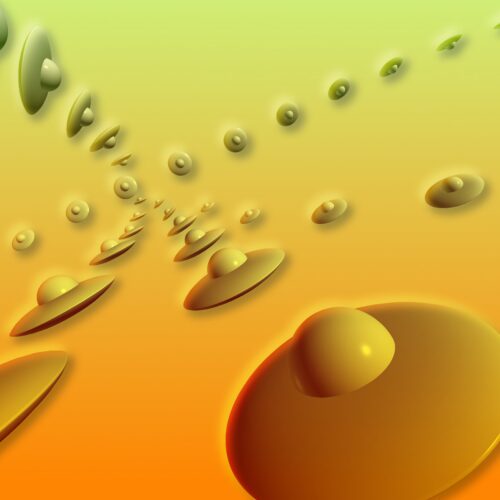iOS 14 and apps like Widgetsmith have unlocked a new world of iPhone home screen customization. Many of us on the nerdier side of things have been a bit surprised when seeing images like this, from 9to5Mac:
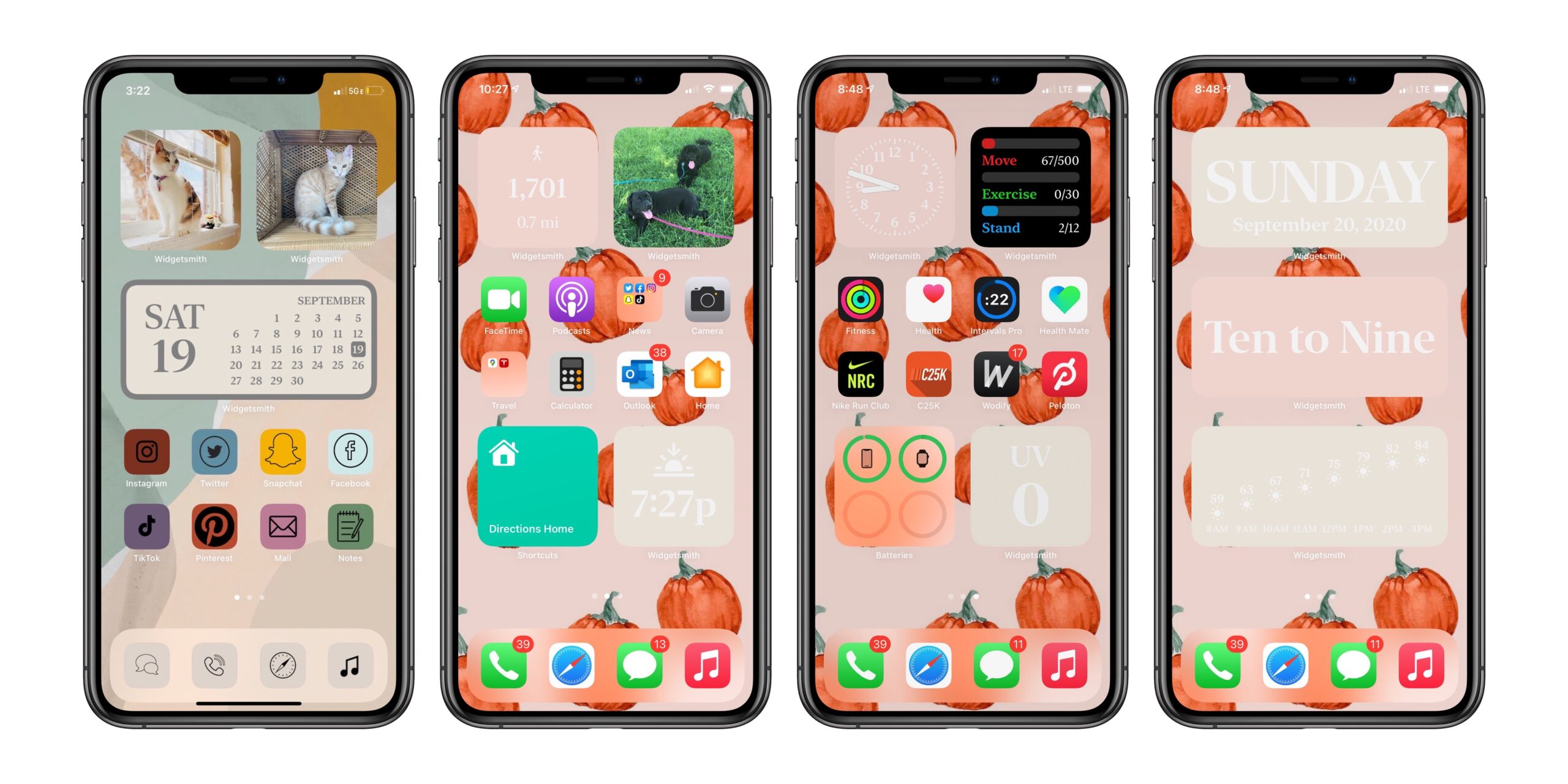
However surprised those in our community may have been, it’s clear that this is a big deal. How-to guides have not just shown up on tech blogs looking for some of that sweet SEO, but users are uploading videos and screenshots across TikTok, YouTube, Instagram and Twitter.
I think this is fantastic, and not just because David Smith is a friend of mine. It’s clear that iPhone users have wanted the ability to customize their home screens, and now that widgets are here in iOS 14, the dam has been broken.
Not everyone is a fan of this. I’ve seen a bunch of tweets and even messages to Relay’s feedback email addresses bemoaning this new trend. It’s clear to me that some in the Apple world aren’t a fan of the #iOS14AestheticAF movement, and are complaining that these users are ruining what makes the iPhone great in their minds.
Which is ridiculous. Customization and expression has always been part of personal technology, from this, to MySpace, to putting an Apple sticker on your car, to even picking what brand of home computer you bought in the 1980s. People have always used technology to project something about themselves into the world — just like people do with tattoos, clothes, cars and more.
Another take is that this sort of customization is bad for Apple’s brand. I disagree with this point of view as well. Apple’s brand has become too sterile, and I think it could use more color and personality. This does that, and I genuinely think this sort of customization will only make people love their iPhones more, which is great for Apple.
While this may not be for you, complaining that people are going down this road is not a good look. We should welcome more customization and personalization of the technology we spend hours a day with. We should be excited that a developer like David has built something that has gone viral. We should encourage Apple to do more in these areas, and evoking the name of Steve Jobs or rolling one’s eyes at this is short-sighted at best, if not something much worse.
